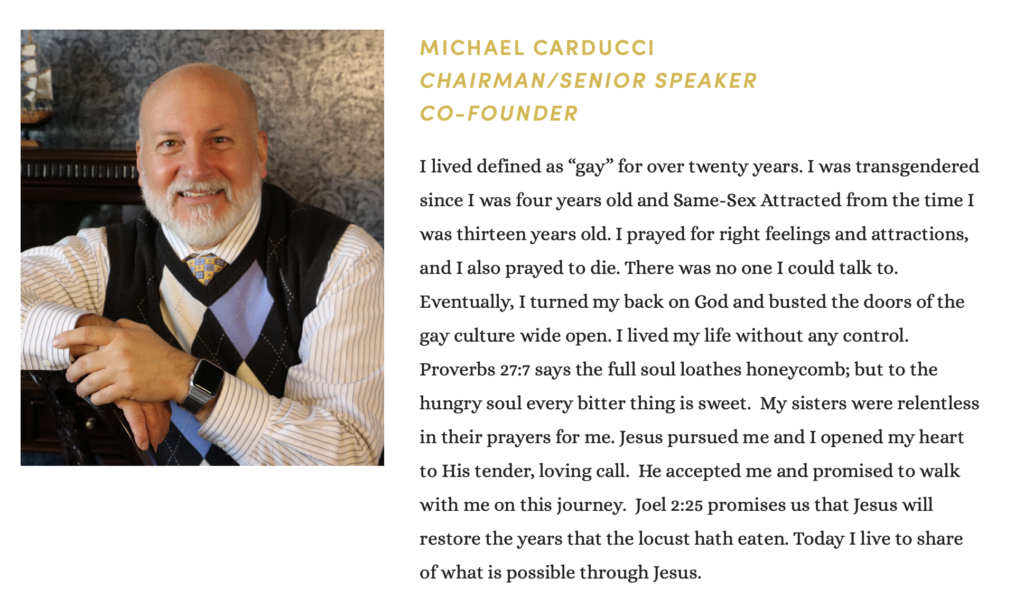By María José Morán
This week I was able to rekindle a conversation with Michael Carducci, co-director and founder of “Coming Out” Ministries.
Michael started this ministry years ago after experiencing struggles with a homesexual lifestyle and meeting many people who had numerous sexual struggles within the Adventist church.

“‘Coming Out’ Ministries is not only about the homosexual,” said Carducci, co-director and founder of the ministry. “Coming Out is talking about the biblical coming out of sin and into God’s marvelous light.”
Having interviewed Carducci for several articles, I was able to continue to learn and educate myself about the ministry and the people that it helps.
According to the organization’s website, the ministry focuses on helping “churches, schools, and organizations who are seeking answers and education” regarding sexuality.
The Ohio-based ministry presents its film, “Journey Interrupted,” to students and different churches around the country and even around the world. The film follows the stories of five individuals who are struggling with their sexual identity or sexual addiction. It presents the events that exposed them to the Gospel and helped them embrace God’s plan for their lives.
Personally, it is always a blessing to continue to learn about a topic that I am not very familiar with. It is particularly interesting to see this topic from a completely different point of view such as generational differences in the Seventh-day Adventist church.
Although I was very surprised by some of the findings during this interview, I was also baffled by how little I actually know about the LGBTQ+ community and about how much more work I have to do to be understanding of their circumstances and life experiences, regardless of age, race, and gender. Definitely a good reminder of how to love those who are different from us just as Christ has loved us.


